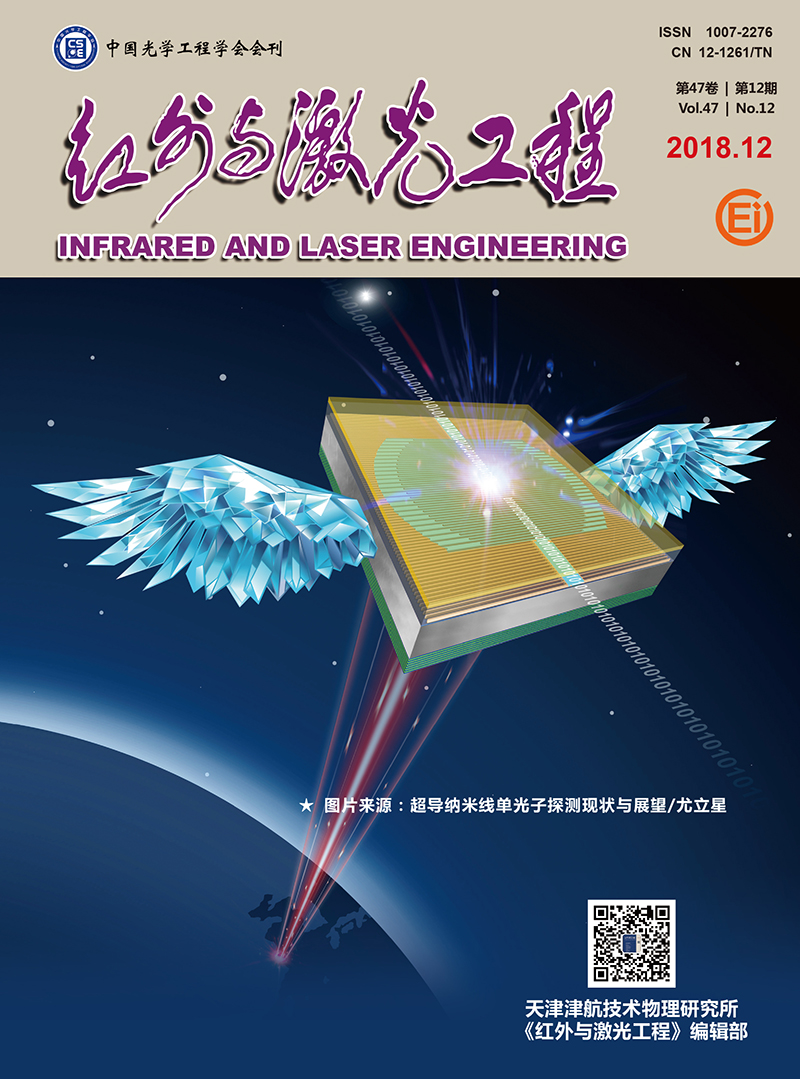|
[1]
|
Shangguan M, Xia H, Wang C, et al. All-fiber upconversion high spectral resolution wind lidar using a Fabry-Perot interferometer[J]. Optics Express, 2016, 24(17):19322-19336. |
|
[2]
|
Yang F, He Y, Shang J, et al. Development of an all-fiber heterodyne lidar for range and velocity measurements[J]. Chinese Optics Letters, 2010, 8(7):713-716. |
|
[3]
|
Liu J, Zhu X, Diao W, et al. All-fiber airborne coherent Doppler lidar to measure wind profiles[C]//EPJ Web of Conferences, EDP Sciences, 2016, 119:10002. |
|
[4]
|
Shi Chenglong, Liu Jiqiao, Bi Decang, et al. Errors analysis of dioxide carbon concentrations measurement by airborne lidar[J]. Infrared and Laser Engineering, 2016, 45(5):0530001. (in Chinese)史成龙, 刘继桥, 毕德仓, 等. 机载激光雷达测量二氧化碳浓度误差分析[J]. 红外与激光工程, 2016,45(5):0530001. |
|
[5]
|
Lu Xianyang, Li Xuebin, Qin Wubin, et al. Retrieval of horizontal distribution of aerosol mass concentration by micropulse lidar[J]. Optics and Precision Engineering, 2017, 25(7):1697-1704. (in Chinese)鲁先洋, 李学彬, 秦武斌, 等. 微脉冲激光雷达反演气溶胶的水平分布[J]. 光学精密工程, 2017,25(7):1697-1704. |
|
[6]
|
Liu Zhiqing, Li Pengcheng, Chen Xiwei, et al. Classification of airbone Lidar point cloud data based on information vector machine[J]. Optics and Precision Engineering, 2016, 24(1):210-219. (in Chinese)刘志青, 李鹏程, 陈小卫, 等. 基于信息向量机的机载激光雷达点云数据分类[J]. 光学精密工程, 2016, 24(1):210-219. |
|
[7]
|
Qu Yi. Technical status and development tendency of atmosphere optical remote and monitoring[J]. Chinese Optics, 2013, 6(6):834-840. (in Chinese)曲艺. 大气光学遥感监测技术现状与发展趋势[J]. 中国光学, 2013, 6(6):834-840. |
|
[8]
|
Li Li, Wang Canzhao, Xie Yafeng, et al. Wind field inversion technique for scanning wind lidar[J]. Chinese Optics, 2013, 6(2):251-258. (in Chinese)李丽, 王灿召, 谢亚峰, 等. 扫描式测风激光雷达的风场反演[J]. 中国光学, 2013, 6(2):251-258. |
|
[9]
|
Wang C, Xia H, Shangguan M, et al. 1.5m polarization coherent lidar incorporating time-division multiplexing[J]. Optics Express, 2017, 25(17):20663-20674. |
|
[10]
|
Liu J, Zhu X, Diao W, et al. All-fiber airborne coherent doppler lidar to measure wind profiles[C]//EPJ Web of Conferences. EDP Sciences, 2016, 119:10002. |
|
[11]
|
Zhai X, Wu S, Liu B. Doppler lidar investigation of wind turbine wake characteristics and atmospheric turbulence under different surface roughness[J]. Optics Express, 2017, 25(12):A515-A529. |
|
[12]
|
Deng Pan, Zhang Tianshu, Chen Wei, et al. Estimating noise scale factor and SNR of atmospheric lidar[J]. Infrared and Laser Engineering, 2016, 45(S1):S13003. (in Chinese)邓潘, 张天舒, 陈卫, 等. 大气探测激光雷达噪声比例因子及信噪比的估算[J]. 红外与激光工程, 2016, 45(S1):S13003. |
|
[13]
|
Bai Xue, Guo Pan, Chen Siying, et al. Simulation in the time domain and time-frequency analysis for coherent doppler wind Lidar[J]. Chinese Journal of Lasers, 2015, 42(1):0114003. 白雪, 郭磐, 陈思颖, 等. 相干多普勒测风激光雷达时域信号仿真及时频分析[J]. 中国激光, 2015, 42(1):0114003. |
|
[14]
|
Salamitou P, Dabas A, Flamant P H. Simulation in the time domain for heterodyne coherent laser radar[J]. Applied Optics, 1995, 34(3):499-506. |
|
[15]
|
Baraniuk R G, Jones D L, Baraniuk R G, et al. A signal-dependent time-frequency representation:Optimal kernel design[J]. IEEE Transactions on Signal Processing, 1993, 41(4):1589-1602. |









 DownLoad:
DownLoad: